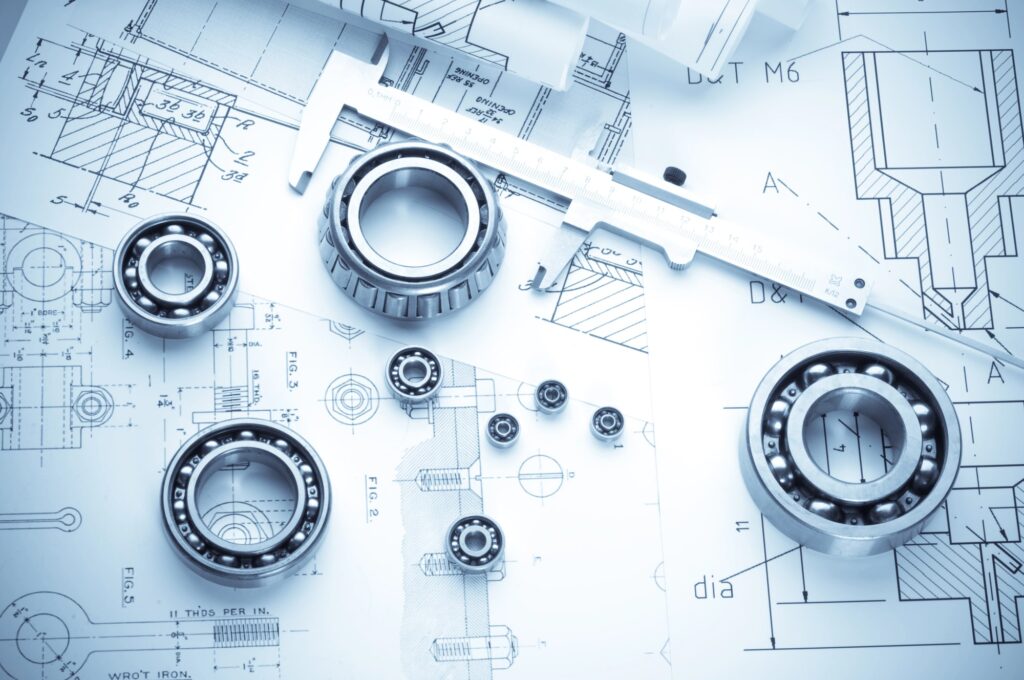This blog post examines the official opening of the Grand Egyptian Museum (GEM) in Cairo. The project has taken nearly 25 years to complete and stands out for its architectural ambition, engineering challenges, and cultural significance.
We will look at the museum’s scale and the new Tutankhamun gallery. The design by Heneghan Peng Architects highlights why this facility matters to architects, engineers, and heritage professionals.
GEM in brief: an architectural and cultural milestone
The Grand Egyptian Museum was first announced in 1992 and has been under construction since 2002. It spans an impressive 968,000 square feet and officially opened to the public after staged partial openings last October and a full unveiling on November 1.
Its centerpiece is an 80,000-square-foot gallery that houses all 5,600 burial objects from King Tutankhamun’s tomb. More than half of these objects are displayed for the first time.
The scale of the project and its long timeline set GEM apart from typical museum projects. The ambition to recreate the feel of Howard Carter’s 1922 discovery adds to its uniqueness.
Design and circulation: a museum built for sightlines and storytelling
Designed by Heneghan Peng Architects, the GEM balances monumental presence with careful visitor sequencing. An expansive atrium anchors the complex and features an 11-foot statue of Ramses II.
Book Your Dream Vacation Today
Flights | Hotels | Vacation Rentals | Rental Cars | Experiences
A grand staircase stages objects from multiple dynasties along the ascent. The staircase and atrium create engineered sightlines that end with a framed view of the Giza pyramids.
This design choice visually connects the museum with Egypt’s ancient landscape.
The Tutankhamun gallery: conservation, display, and experience
The museum’s Tutankhamun gallery presents both conservation and exhibition challenges. Housing 5,600 burial objects in an 80,000-square-foot space required strict environmental controls and careful planning for visitor flow.
Display engineering protects fragile materials while presenting them at scale. Tarek Tawfik, former GEM director general, emphasized the goal to recreate the complete experience of the tomb as discovered by Howard Carter in 1922.
This ambition affects lighting, interpretive layouts, and the arrangement of artifacts. The spatial choreography helps each artifact relate to others in the ensemble.
Engineering considerations and operational readiness
Large cultural buildings like GEM need integrated engineering solutions. Structural systems support vast open spaces and HVAC systems maintain artifact preservation.
Vibration mitigation protects sensitive displays, and secure logistics ensure safe object movement. The successful display of such a comprehensive collection shows strong collaboration between conservators, structural engineers, and exhibition designers.
The phased opening strategy in October and the full launch on November 1 allowed teams to test visitor flows and refine environmental systems. This approach helped scale conservation operations for a facility of this size.
Why GEM matters to architects and engineers
The Grand Egyptian Museum is more than a repository of antiquities. It shows how contemporary architecture can frame cultural legacy.
For practitioners, it demonstrates the importance of sightlines and narrative-driven circulation. The museum also highlights the technical integration needed to protect and present irreplaceable artifacts.
Egyptian Minister of Tourism and Antiquities Sherif Fathy called the opening a landmark cultural moment. GEM is a case study in combining monumental ambition with the technical rigor needed for long-term stewardship.
Here is the source article for this story: The Grand Egyptian Museum in Cairo is Finally Open, Displaying Countless Treasures for the First Time
Book Your Dream Vacation Today
Flights | Hotels | Vacation Rentals | Rental Cars | Experiences

